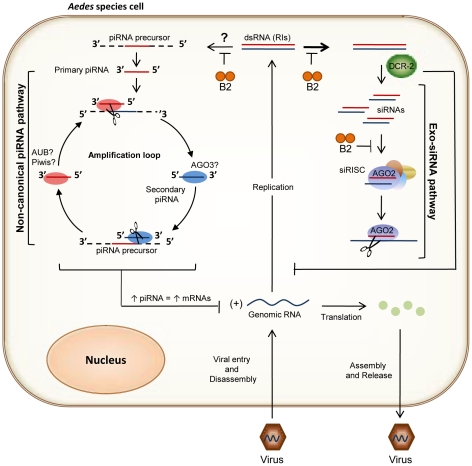Figure 5. Model for RNA-based immune pathways modulating alphavirus pathogenesis in the mosquito soma.
Following entry and uncoating, the genomic (+) strand RNA of an alphavirus serves both as mRNA and as a template for the synthesis of complementary (−) strand RNA. The viral (−) strands then serve as templates for the synthesis of new genomic-length (+) strand RNAs, as well as for shorter subgenomic (+) strand RNAs (26S mRNA) that encode the virus' structural genes. Alphaviruses are thought to synthesize (−) strand RNAs for a limited duration of time early in the infection, establishing an upper limit on the number of dsRNA RIs present in the cell. However, production of the (+) single-stranded genomic (49S) and subgenomic (26S) RNAs continues much longer, ultimately becoming the predominant virus-specific RNAs present in the cell. In this model antiviral siRNA and piRNA-like viral small RNA biogenesis pathways compete for a limited number of precursor dsRNA RIs in the infected cell. While recognition of dsRNA activates both pathways, secondary piRNA-like viral small RNAs are preferentially generated from viral mRNAs. Efficient processing of dsRNA RIs by Dcr-2 may restrict the amount of precursor substrate available to enter the piRNA-like viral small RNA biogenesis pathway. The B2 protein binds both siRNA duplexes and long dsRNAs preventing the protein components of antiviral pathways access to dsRNAs, but inhibition is not absolute. Elevated levels of viral replication may increase amplification of secondary piRNA-like viral small RNAs from 49S and 26S mRNA substrates.

